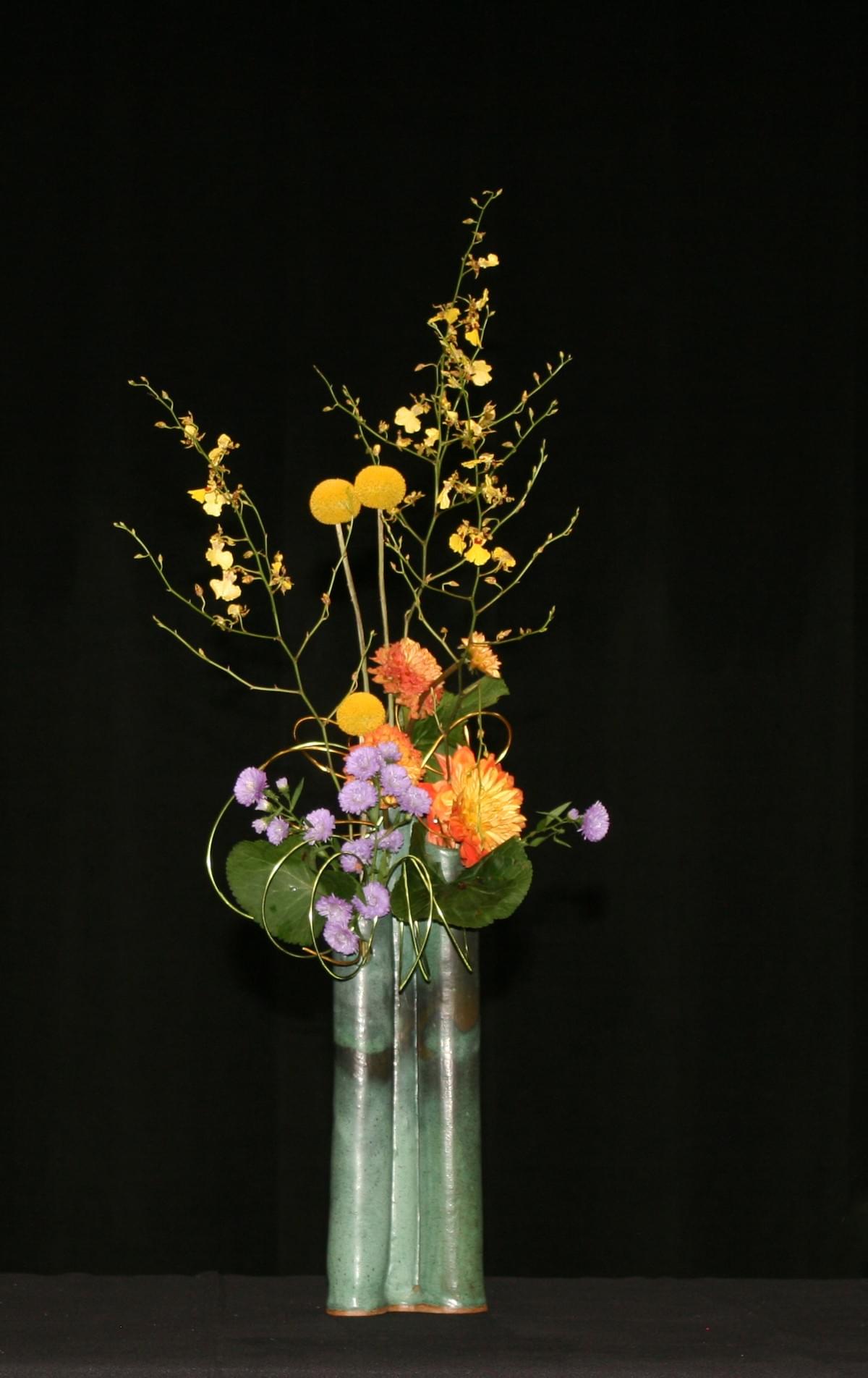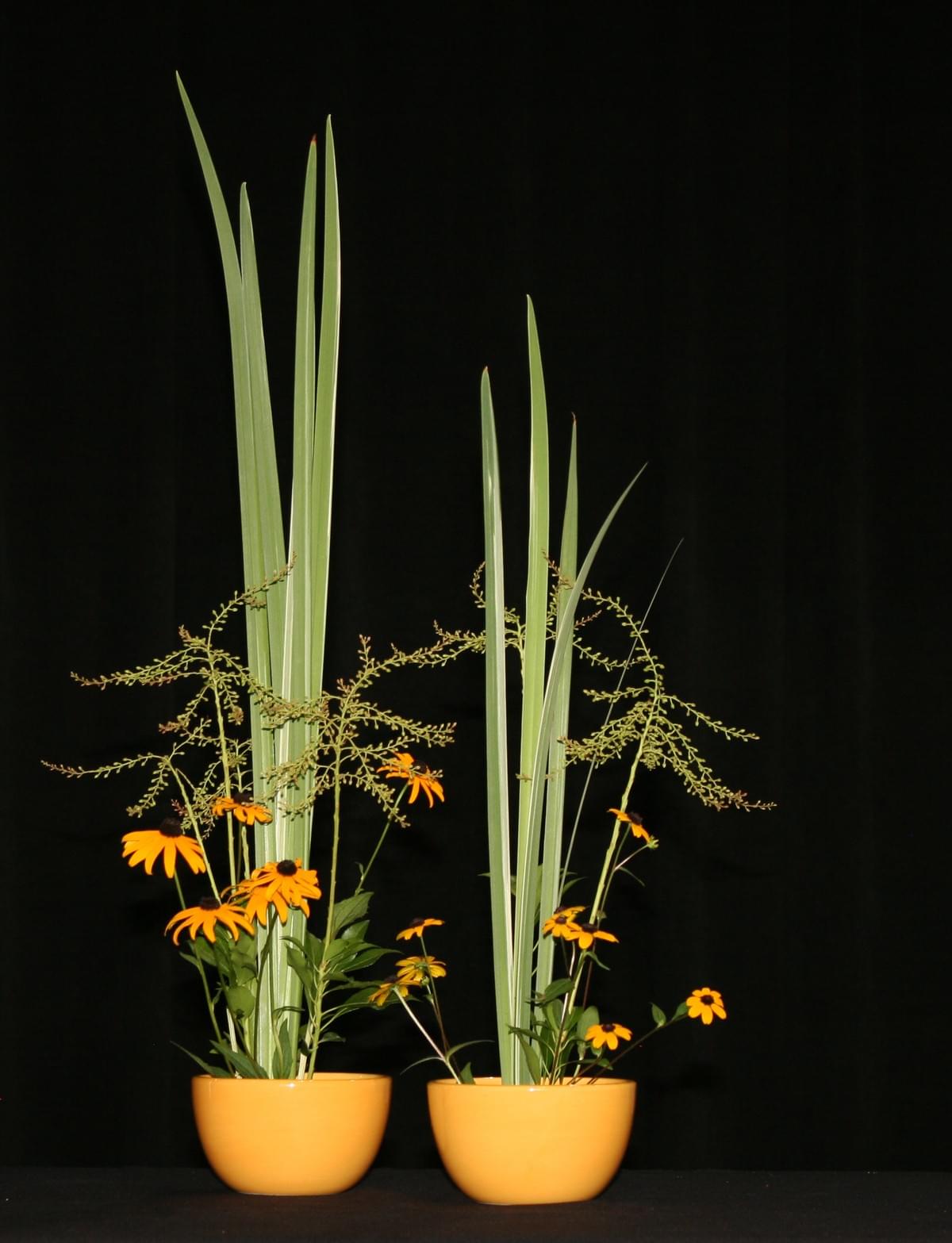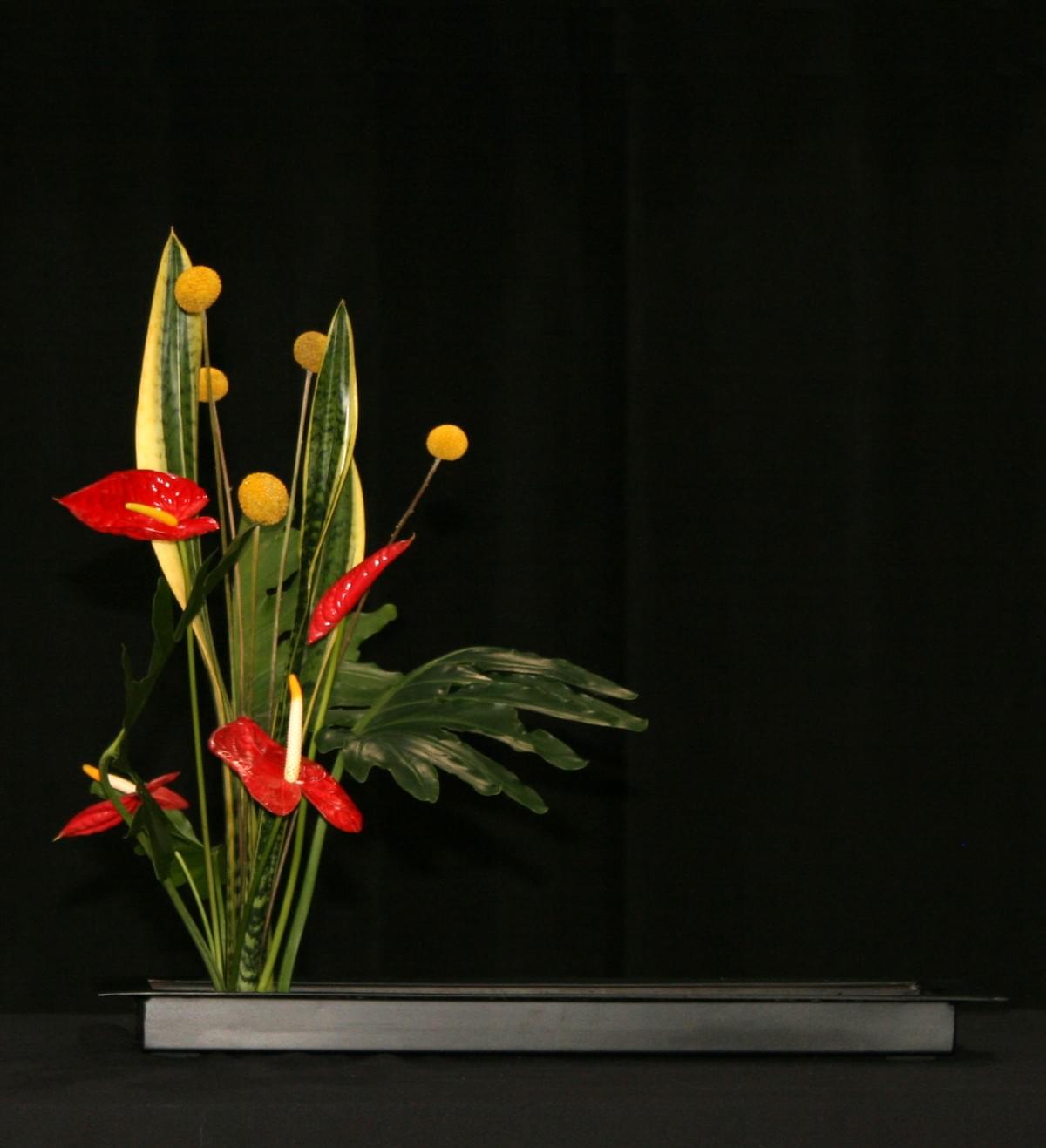

IKEBANA INTERNATIONAL
ASHEVILLE CHAPTER b#74
- Friendship Gatherings
- Program Photos 2024
- …
- Friendship Gatherings
- Program Photos 2024

IKEBANA INTERNATIONAL
ASHEVILLE CHAPTER b#74
- Friendship Gatherings
- Program Photos 2024
- …
- Friendship Gatherings
- Program Photos 2024


 Enjoy A Short Video About Ikebana International
Enjoy A Short Video About Ikebana InternationalLearn what we are all about. We hope to see you!
Click Button Below
ASHEVILLE CHAPTER #74

Mission Statement
Our Mission: Ikebana International in Asheville serves individuals and groups in Western North Carolina through the study of the Japanese art of flower design and culture by providing and participating in educational programs, exhibitions, and events.
Our purpose is to build awareness of Ikebana design throughout Western North Carolina, to inspire appreciation for the beauty of flowers, and to enjoy the journey of exploration, education and friendship found in Ikebana practice.
Our goals are to build knowledge and enjoyment of Ikebana in our community, educate and grow our membership, and recognize the work of our volunteers.
Our motto: “Friendship Through Flowers”
Arrangement by Stephanie English

What Is Ikebana?
Ikebana is an ancient art that began with sixth-century priests offering flowers to Buddha and today includes a number of schools that apply variations in form and design to their artistic expression. This disciplined art form produces creative expression in plant materials by applying certain rules of construction. Line, color, space, contrast, texture and other design teachings bring humanity and nature in harmony to create both beauty and a sense of calm to the individuals who create ikebana.
Classes are available in the Asheville area for the following schools of Ikebana:
-Ichiyo, a contemporary style that harmonizes with the various spaces in our living environment.
-Ikenobo, officially recognized as the oldest school, offers the most traditional style of Japanese flower arranging.
-Ohara, emphasizes the landscaped environment with the seasonal use of branch and flower material.
-Sogetsu, sculptural in form and intent, promotes free style and abstract arrangements.
Arrangement by Susan Cano

What Is Ikebana International?
Ikebana International is a worldwide organization founded in Tokyo, Japan in 1956 by the late Ellen Gordon Allen. Its members are dedicated to promoting mutual understanding and friendship between Japan and other countries through Ikebana (the art of Japanese flower arrangement) and other related arts of Japan. Ikebana International (I.I.) today boasts 7,478 members in 53 countries composed of 153 chapters.
Ikebana International is administered by enthusiastic volunteers of many different nationalities and ikebana schools. Some of the ikebana schools stress classic styles while others focus on creative, contemporary forms and some blend the two; while each school is different, they openly share their inspirations, styles, philosophy, history and techniques with one another. Membership in I.I. is open to all persons interested in the art of ikebana and the ideals of I.I. regardless of previous experience.
Arrangement by Lynn Forbes


About Us
Our Mission is to promote friendship through the Japanese art of Ikebana
© 2023 Ikebana International Asheville Chapter #74
Webmaster: Patti Quinn Hill








